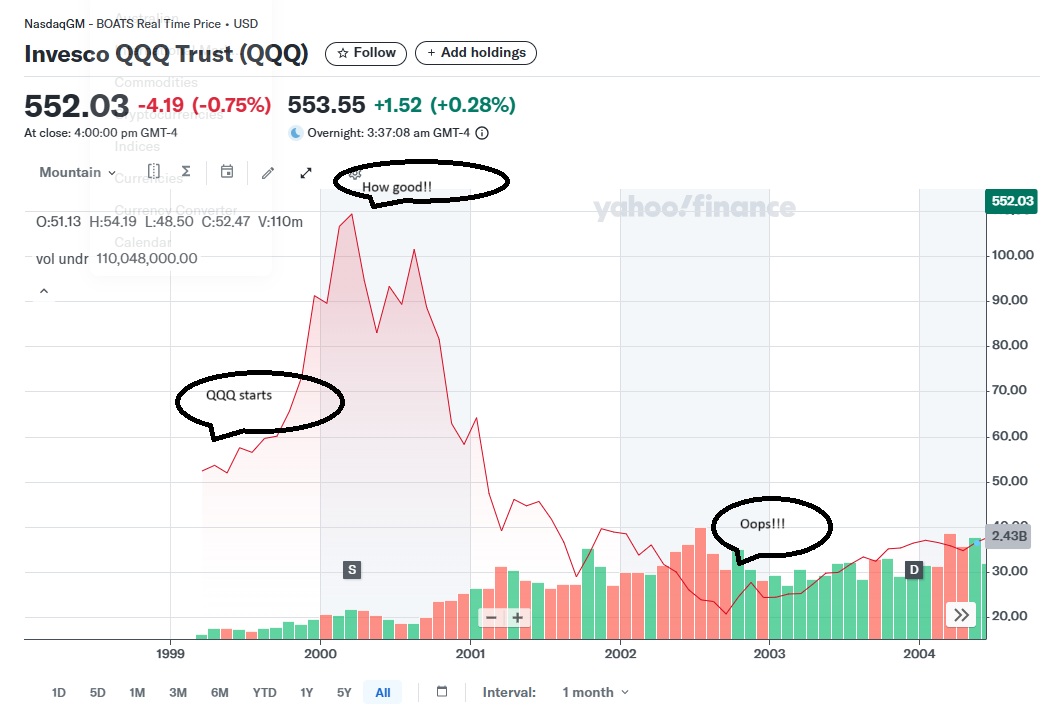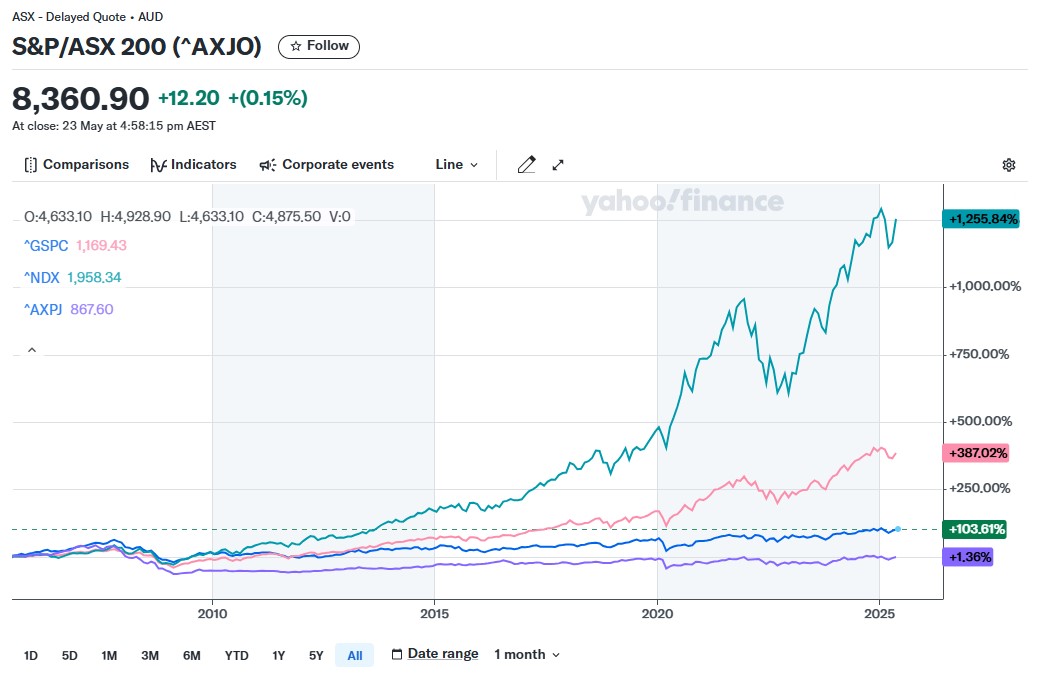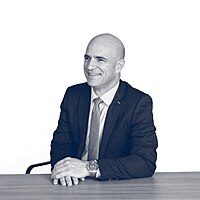Markets have evolved over time – has your portfolio?
In my lifetime, there have been several massive investing shifts that have changed the way the business is done, and changed the way that tasks get executed. Chief among them is the internet, of course, and the move to fully electronic trading. Entrepreneurial firms then figured out the size of the potential retail trading market and rather than keeping that technology under wraps, Kodak-style, they let it loose.
It eventually drove the single biggest trading platform adaptation in the history of investing. In the US, electronic trading became so competitive, that essentially all large-scale trading platforms don’t charge anything for the overwhelming majority of exchange-based trades, and they haven’t for a long time.
Then came the arguably most significant innovation in the investing product landscape.
The ETF, or exchange traded fund.
Evolving past mutual funds at a million miles an hour, and making its debut in the US in 1993, SPY was the first at-scale ETF vehicle, and it tracked the performance of the S&P 500 in a single trade. A long list of country ETFs were launched in the US in 1996, and then an equally long list of sector ETFs were launched in 1998. The Nasdaq 100 ETF, QQQ or “the Qs” as the cool kids call it, was launched in March 1999 (of course it was launched in March 1999….).

There were well over 100 ETFs trading in the US before the idea made its way to Australia. Tracking the S&P/ASX 200, STW was launched in August 2001.
The largest ETF in Australia is VAS, which tracks the S&P/ASX 300, and it started trading in May 2009. The fastest growing ETF in Australia is NDQ, which tracks the Nasdaq 100, and it started trading in May 2015.
Looking over the last three paragraphs, two things stick out to me. First, how easy it is today to trade, and get exposed to, large parts of the global capital markets with ease, and at very low cost. The second thing that stuck out is how seldom I see these instruments used in many Australian portfolios.
The portfolios I’m often looking at are dominated by single stock positions, and almost always Australian single stock positions. I’d assert that is not the doing of the investor. Most often, it’s at the direction of an adviser who is either steeped in picking single Aussie stocks, or an adviser that has been trained by an adviser who is steeped in picking single Aussie stocks.
Let’s be clear – that is a massively sub-optimal portfolio set up. Not only are the chances quite low that a stockbroker-style adviser can accurately and consistently pick single stocks that will perform (not even out-perform, I mean just perform), but I'd bet a fancy lunch that the resulting portfolio will have no plan or strategy or direction. Instead, it’ll be a collection of unrelated ideas that probably doesn’t work, and that almost certainly doesn’t align with whatever the investor’s goals are.
It's a collection of bets as opposed to a thoughtful asset allocation. Unfortunately, if I just described your portfolio, that has cost you a lot of money in performance, and I mean a lot - look at this chart.

It’s not to say that your portfolio should only have ETFs in it, not at all. Some single stocks might make sense, and managed funds very often make a lot of sense. But it is to say that if the broad make-up of your portfolio hasn’t changed in 20 years (that is, you’re still getting calls, or now e-mails, from “an Adviser” who is offering single stock ideas), or regardless of how, your portfolio is still full to the brim of only single stocks (and most likely only Australian single stocks), your portfolio is sub-par.
Which leads to my conclusion - if the conversations you’re having with your adviser haven’t changed in 20 years (and if your portfolio hasn’t changed, it’s pretty likely those conversations haven’t changed either), you need to re-think this whole thing.
Rather than use esoteric phrases like “the tone of your meetings”, let me list some specific things that you should no longer be doing:
- No more 2-hour annual review lunches where the portfolio is a middle 14 minutes of the conversation, and the (below-par) Brisbane Broncos makes up 1 hour and 12 minutes (carn the Chooks!!);
- No more semi-regular 116-second phone calls with recommendations on single stocks to buy (almost never to sell);
- On that, no more hearing that by holding Rio Tinto, Fortescue Metals, and BHP, that you’re somehow diversified (not kidding, I heard that last week);
- No more monthly/quarterly/yearly cookie-cutter e-mails that went to every person with the cookie-cutter attachment. If your “Adviser” isn’t capable of writing about the very specific things going on inside your portfolio, he/she shouldn’t send the monthly/quarterly/yearly e-mail – I can easily get 20 economists’ thoughts online;
- No more month/quarter/year where there is literally no activity; and
- No more reports that don’t include an audited and measurable net performance result, expressed with a very specific percentage, with details about what went well and what didn’t.
I’m originally from Sydney, and I lived in Melbourne for a long time, but I married a Queenslander so when it was time to move back to Australia after a long overseas stint, I functionally didn’t get much say in the matter. That’s fine, I really like 2025 Brisbane, a lot. I like to make fun of Queenslanders sometimes that the state is like a petulant teenager – they won’t get an upper house in state Parliament, they won’t do daylight savings, they swear black-and-blue the weather is good. The state defends these things like a teenager who will never love anyone the way they just loved their now ex-17-year old boy/girlfriend of 9 weeks.
Don’t defend your portfolio, or your portfolio management, or your adviser in the same way. It’s OK to admit that things have moved on and you and/or your adviser haven’t. Remember, the best time to have planted a tree was 20 years ago.
The second best time is today.
Good luck out there.
5 topics

